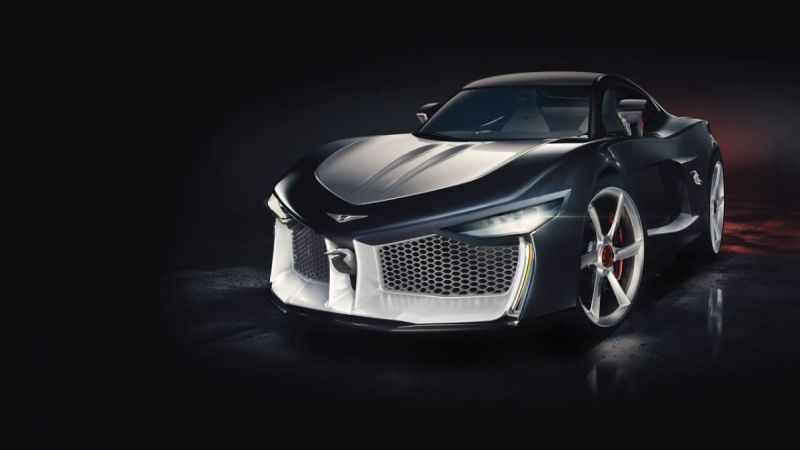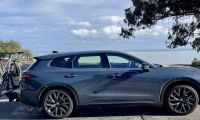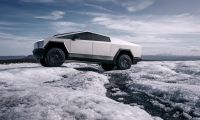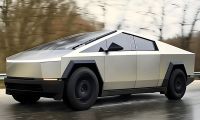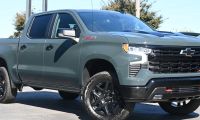If you have followed the history of the car industry to any degree, you probably know that along with aircraft engines, and like things, Hispano-Suiza also made high-performance racing machines, as well as performance road vehicles as well. That was in the runup to World War II.
Automaker Nearly Disappeard From Auto Scene
World War II came, and Hispano-Suiza nearly disappeared from the motoring scene. Indeed, two companies were representing Hispano-Suiza, one in Spain and another in France. In Spain, Enasa bought the assets of the automaker. In 1968, the French arm of the automaker was taken over by the French aerospace company Snecma, part of the French Safran Group.
For a long time, the name Hispano-Suiza was dormant. That was the case until 2010 when the great-grandson of the founder, Damian Mateu, leading a team, breathed life back into it. With the beginning of this week’s Geneva Motor Show, the group plans to unveil its Carmen electric supercar. Hispano-Suiza Supercar Revival Planned The Geneva show kicks off Tuesday. Interestingly, the other Hispano-Suiza subsidiary’s base is in Switzerland.
Its leader is Erwin Leo Himmel, a Swiss-based designer. Its new concept, based on the ubiquitous Audi R8 platform, bears the name Maguari HS1 GTC.
Production Version Shares R8 Pieces
According to the Motor Authority, the production version of the Maguari shares significant pieces of the R8 platform. The critical difference, though, is that instead of the R8’s 5.2-liter V-10, Hispano-Suiza has decided to add its twin-turbo system. The new powerteam, complete with electric compressors, cranks out 1,085 horsepower and 774 pounds-feet of torque.
And, instead of using the R8’s dual-clutch tranny and all-wheel-drive, the new Hispano uses its own seven-speed automatic as well as a rear-wheel-drive system. One would also think that with the amount of lightweight carbon fiber used in the body, the Maguari should be a lightweight, but it is not, as it tips the scales at a 4,000 pounds.
Vehicle Certainly Isn’t A LightweightMotor Authority, Hispano-Suiza, Wikipedia
.



